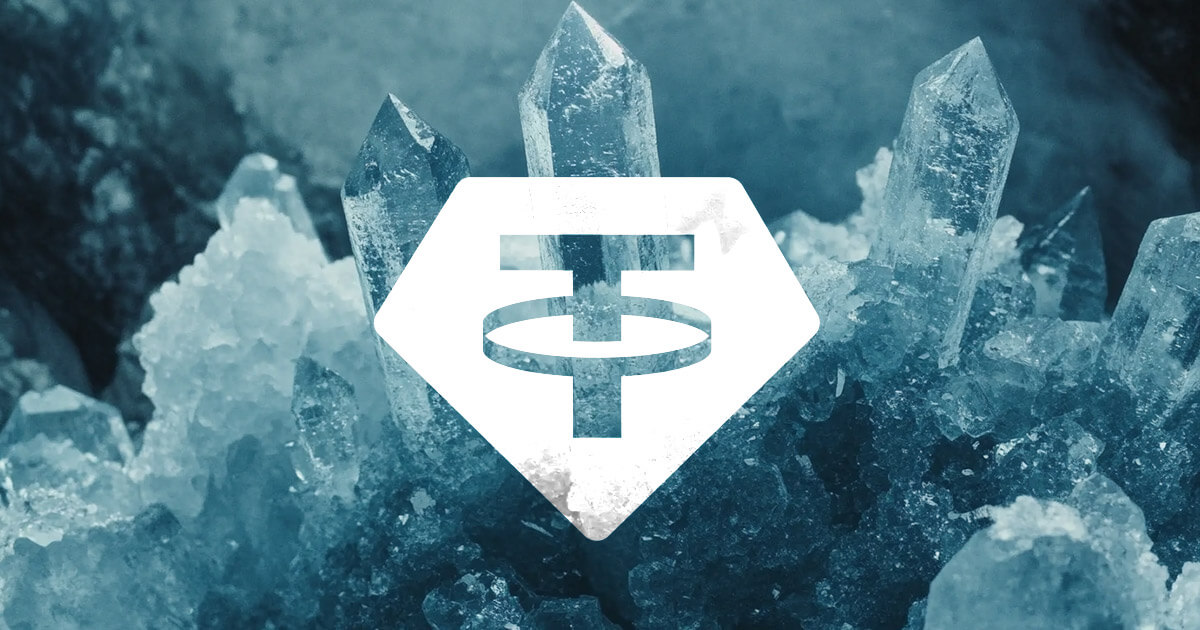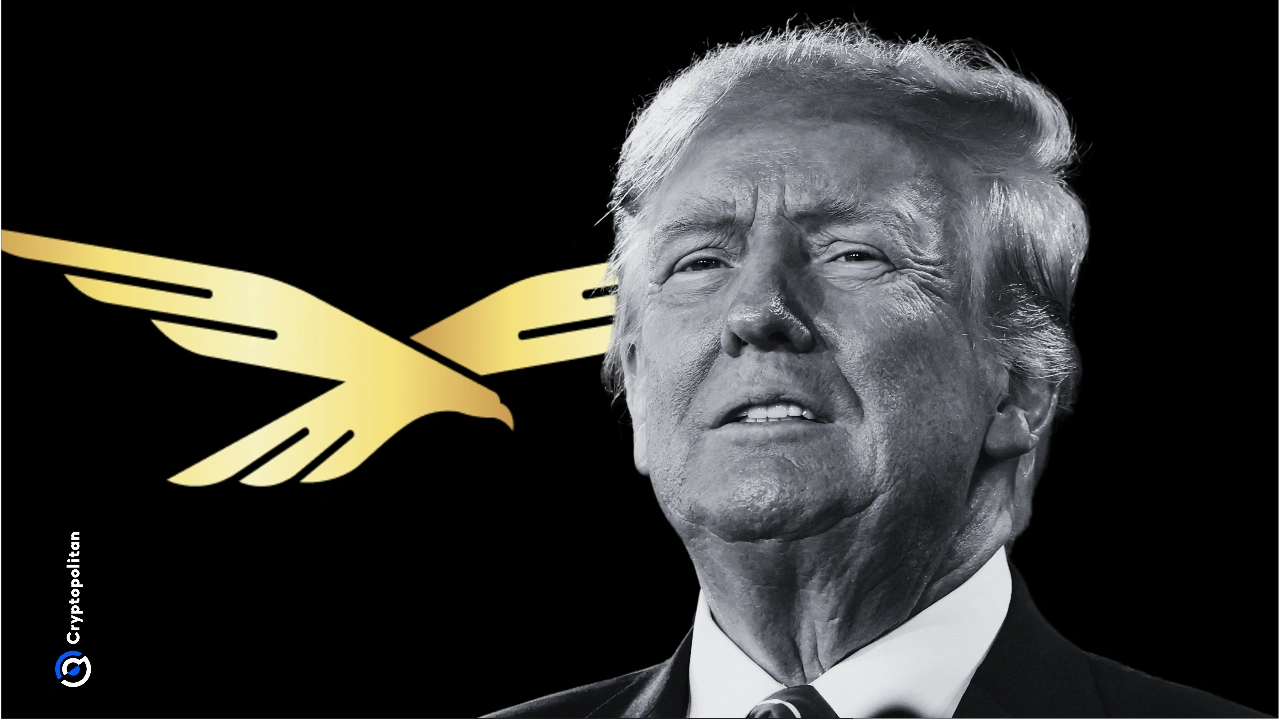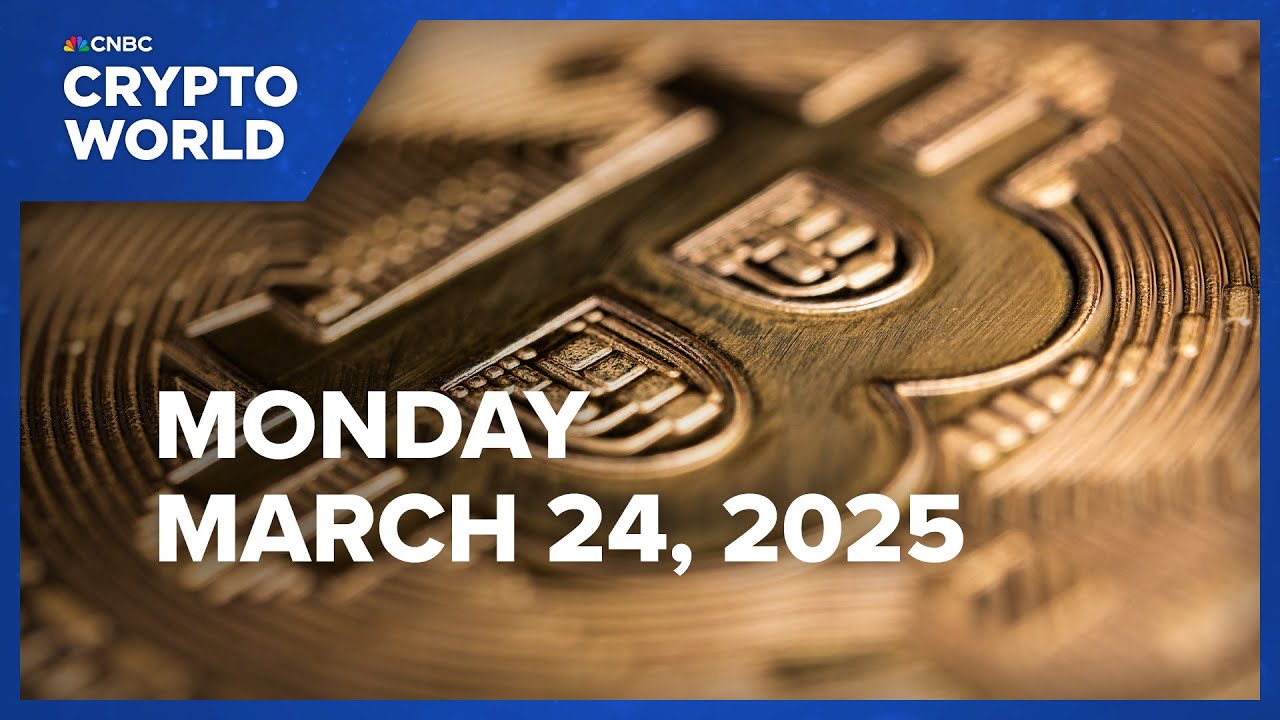Stablecoin issuer Tether’s new initiative: digital tokens backed by boron
Introduction
Stablecoin issuer Tether has made headlines once again with its latest proposal to Turkey: introducing digital tokens backed by boron, a mineral that plays a crucial role in various industries. According to Bloomberg News, Turkey holds over 70% of the global reserves of boron, making it a strategic move for Tether to tie their digital tokens to this valuable resource.
The Significance of Boron
Boron is a versatile mineral with a wide range of applications, including manufacturing ceramics, glass, and fertilizers. With its strong demand in global markets, boron is a major asset for Turkey’s economy, with sales projected to reach $1.
Stablecoins are cryptocurrencies designed to minimize price volatility by pegging their value to a stable asset or basket of assets. Tether, one of the largest stablecoin issuers in the world, has predominantly backed its tokens with fiat currencies like the US dollar. However, the decision to use boron as a backing asset marks a significant departure from the norm and opens up new possibilities for the stablecoin market.
By linking their digital tokens to boron reserves, Tether is not only diversifying its backing assets but also tapping into the growing demand for stablecoins that are backed by tangible assets. This move could potentially increase investor confidence in Tether’s stablecoins and attract new users who are looking for a more secure and stable store of value in the crypto market.
How will this affect me?
As an individual investor or cryptocurrency user, Tether’s initiative to introduce digital tokens backed by boron could have several implications for you. Firstly, it could provide you with a new investment option that is tied to a tangible and valuable asset. This could potentially offer more stability compared to traditional cryptocurrencies that are not backed by physical assets.
Additionally, the use of boron as a backing asset for Tether’s stablecoins could lead to increased adoption and usage of these digital tokens. This, in turn, could result in greater liquidity and usability of Tether’s stablecoins in the cryptocurrency market, providing you with more opportunities to transact and invest in digital assets.
How will this affect the world?
On a global scale, Tether’s decision to back its stablecoins with boron could have far-reaching implications for the cryptocurrency industry and the economy at large. By introducing a stablecoin backed by a tangible asset like boron, Tether is setting a new precedent for asset-backed digital currencies.
This move could prompt other stablecoin issuers to explore similar backing assets, leading to a more diverse range of stablecoins in the market. Additionally, the use of boron as a backing asset could help increase the adoption of stablecoins in industries that rely on boron, such as manufacturing and agriculture, further integrating digital assets into the global economy.
Conclusion
Tether’s proposal to introduce digital tokens backed by boron represents a significant step forward in the evolution of stablecoins. By leveraging Turkey’s abundant boron reserves, Tether is not only diversifying its backing assets but also catering to the growing demand for stable digital currencies. This initiative has the potential to revolutionize the stablecoin market and pave the way for a new era of asset-backed cryptocurrencies.





